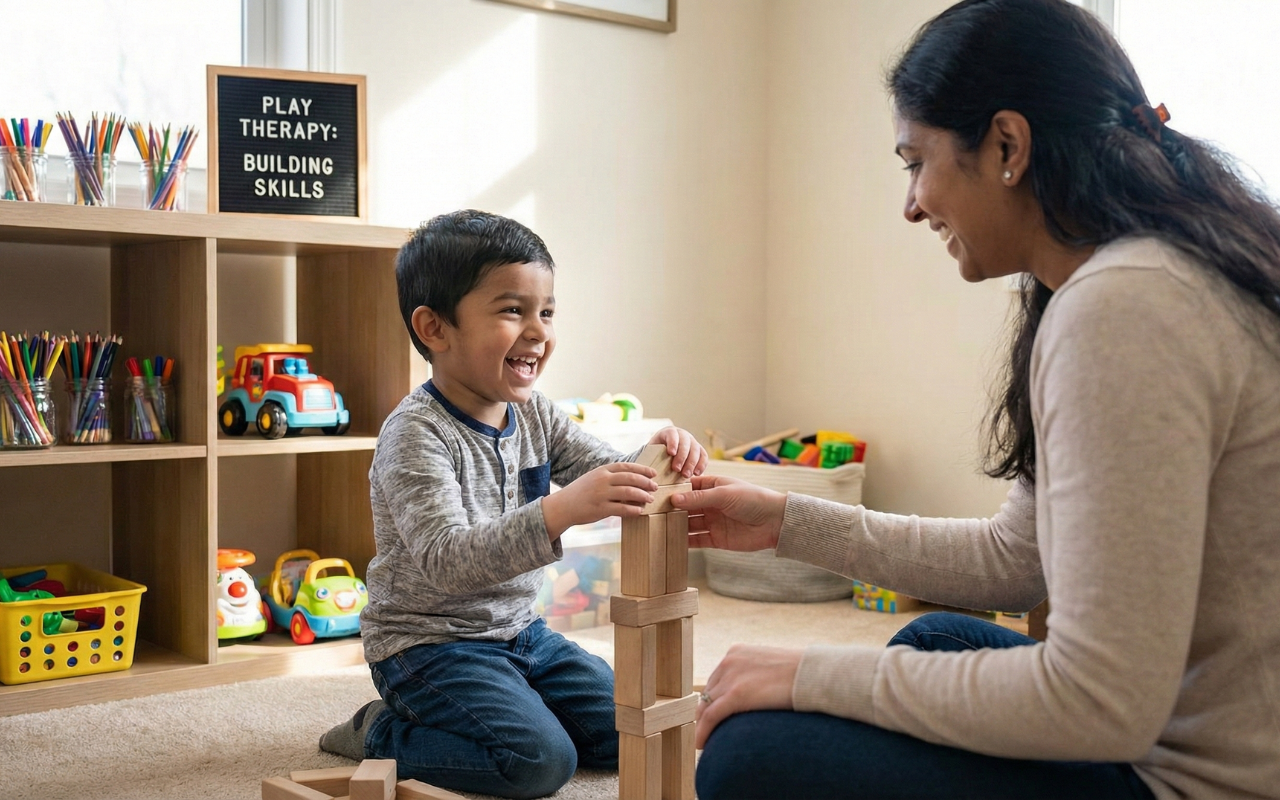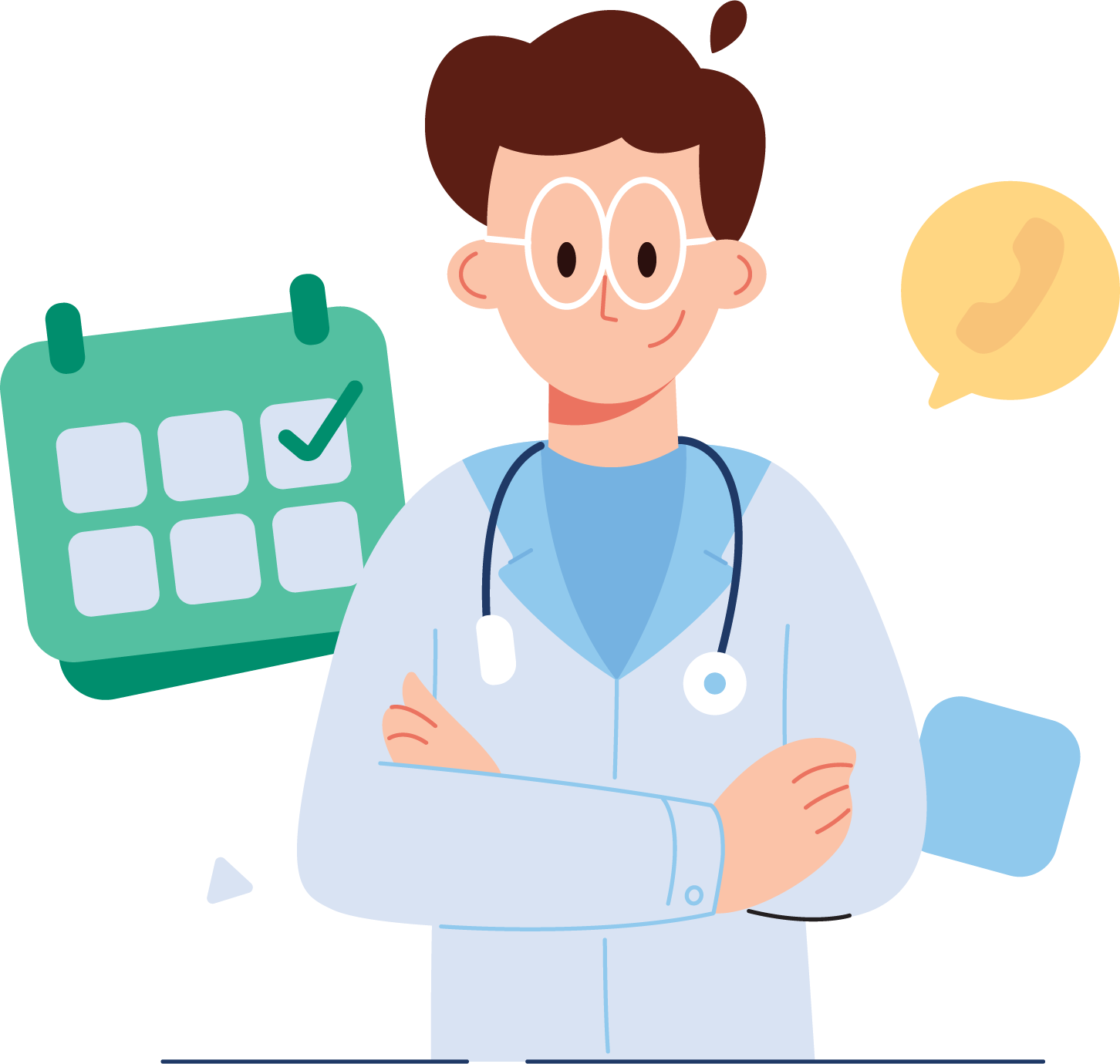A stroke or brain injury can change life in unexpected ways. Beyond physical effects, one of the most challenging changes is often a sudden difficulty in speaking, understanding language, or swallowing. This happens because the brain areas responsible for communication and motor control may be damaged.
These challenges can show up as aphasia (problems with language), dysarthria (weakened speech muscles), or apraxia of speech (difficulty coordinating speech movements). The frustration of not being able to express thoughts or understand others can feel isolating, both for the patient and their loved ones.
Recovery is possible. With organized support from a skilled speech therapist, individuals can rebuild essential communication skills. At Samvedan Child Development Center, Dr. Purva Shah leads therapy programs designed to meet these unique needs, helping patients find their voice and regain independence.
Why Speech Therapy Matters After Stroke or Brain Injury
Communication is closely linked to a person’s quality of life. Without it, independence fades, relationships become strained, and emotional well-being declines. This is why effective speech therapy is so important.
Research shows that consistent therapy can:
-
Improve clarity of speech and muscle control.
-
Rebuild vocabulary and sentence structure for daily use.
-
Enhance problem-solving, attention, and memory skills that support communication.
-
Restore swallowing abilities, lowering the risk of choking.
-
Help patients reconnect with loved ones by breaking down communication barriers.
The brain has a remarkable ability called neuroplasticity. It can change and form new connections even after an injury. With regular help from a qualified Speech therapist, patients can train their brains to regain lost functions and gradually regain control.
Proven Techniques in Speech Therapy
Speech therapy after a stroke or brain injury isn’t one-size-fits-all. Each patient has unique strengths, challenges, and goals. At Samvedan Child Development Center, Dr. Purva Shah customizes therapy sessions to fit each individual’s specific needs. Some common techniques include:
-
Language Retraining: Engaging in structured activities like picture naming, repetition, and conversation practice to improve word recall and understanding.
-
Cognitive-Communication Therapy: Activities that enhance memory, attention, and problem-solving skills often affected by brain injury.`
-
Articulation and Voice Therapy: Exercises to improve pronunciation, strengthen the muscles of the mouth, and regulate pitch and volume.
-
Swallowing Rehabilitation: Safe swallowing techniques and strengthening routines that ease eating and drinking.
-
Alternative Communication Tools: Use of apps, cue cards, or electronic devices when verbal communication is limited.
These methods work together to restore independence while easing frustration for both patients and families.
The Emotional Side of Recovery
Speech recovery isn’t just a medical process; it’s an emotional journey. Patients often feel embarrassed or disheartened when they struggle to communicate as they once did. Anxiety, depression, and social withdrawal are common.
Here, effective speech therapy provides much more than exercises. It offers emotional support and builds confidence. At Samvedan Child Development Center, Dr. Purva Shah ensures therapy sessions are compassionate, encouraging, and motivating. Small achievements like clearly saying a loved one’s name become significant victories worth celebrating.
The Role of Families and Caregivers
Recovery is best when families actively participate. Caregivers can speed up progress by reinforcing therapy strategies at home. For example:
-
Using slow, simple speech and visual cues to aid understanding.
-
Allowing extra time for responses without interruptions.
-
Encouraging conversations in calm, distraction-free spaces.
-
Celebrating progress, no matter how small.
At Samvedan Child Development Center, families are guided to become partners in therapy. This collaborative approach helps ensure that skills practiced in sessions transition effectively into daily life.
Why Choose Samvedan Child Development Center
Finding the right therapist is crucial. Post-stroke recovery is delicate and demands both expertise and empathy. At Samvedan Child Development Center, patients receive both.
Expertise: With years of specialized experience, Dr. Purva Shah is recognized as one of the best speech therapists in Ahmedabad. She combines clinical knowledge with proven methods to provide effective care.
Personalized Care: Every therapy plan is tailored to the individual, addressing not just medical needs but also personal goals whether it’s returning to work, socializing, or regaining independence.
Holistic Focus: Therapy isn’t just about exercises; it’s about restoring confidence, relationships, and dignity.
This patient-first approach makes Samvedan the top choice for those seeking the best speech therapy after a stroke or brain injury.
Practical Tips for Patients and Families
To maximize therapy, patients and families can use these practical strategies:
-
Begin Early: The sooner therapy starts after medical stabilization, the better the chances of recovery.
-
Stay Consistent: Regular attendance ensures steady progress. Missing sessions can hinder gains.
-
Reinforce at Home: Practice simple activities like reading aloud, naming everyday objects, or engaging in short conversations.
-
Set Realistic Goals: Focus on gradual improvements rather than expecting quick recovery.
-
Take Care of Emotional Health: Counseling or support groups can help patients and families navigate the emotional challenges of recovery.







